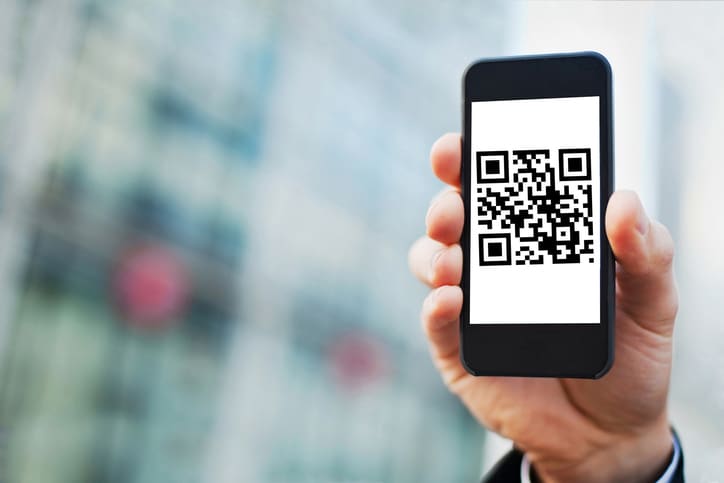A QR or Quick Response code may not look like the conventional bar code, but it’s far more useful when it comes to storing a range of helpful data. They’re ideal for directing potential customers to online content, including sample chapters of books, a 360 property tour or a useful discount code. First introduced in 1994, for tracking car parts through the manufacturing process, they’re the most popular form of bar code in use today, thanks to their versatility.
What information does a QR code store?
QR codes allow a wide range of data to be encoded and decoded quickly and easily. The most common data types include:
• Contact data
• Calendar data
• Plain text
• Email/SMS
• Geolocation
• URL
Why do I need a QR code on my label?
Not only can you use a QR code on a label to provide more information about your organisation and additional info about the product, but you can use QR codes to really engage with the customer. Add value to their purchase with a discount code or a link to your Facebook page so they can leave feedback.
If you want to try the power of QR labels to add value for your audience and to build customer loyalty, then contact Custom Labels Ltd today for more information on how QR codes can change the way you do labelling.


Recent Comments